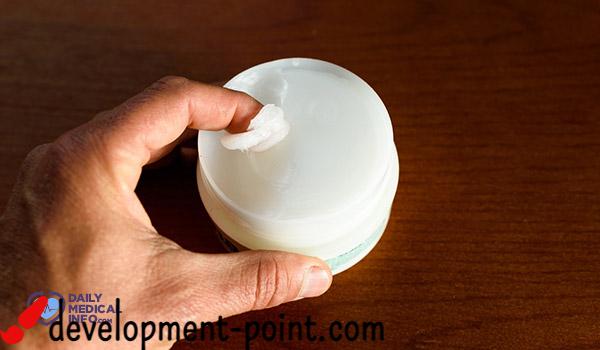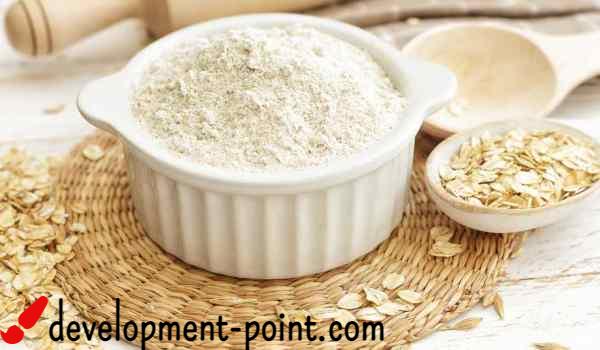Chrysanthemum: its most important benefits and its relationship to migraine
Have you heard of the chrysanthemum plant before? This wonderful plant has been used for centuries to treat some health conditions and problems, so what are the health benefits of it? What are its best uses? Is it harmful?, follow us to find out more.
What is the chrysanthemum plant?
This plant is a flowering plant that belongs to the family of chrysanthemums. Its name is “Feverfew” in English, and this word is derived from a Latin word that means fever reducer, because this plant has been used for a long time to treat some widespread and common problems such as fever and infections. Also in the medieval period, people used to call it aspirin due to its health benefits.
This plant has very effective properties and contains active compounds that benefit health. One of the most important of these compounds is parthenolide. This substance is found in the leaves of this plant, and is the source of most of the health benefits of chrysanthemum.
Health benefits of chrysanthemums
There are some potential benefits of this perennial flower, the most popular of which are:
- AnticancerThere are some studies that showed that chrysanthemum, with its active compounds, helps prevent the formation of some cancer cells.
- Pain reliefIts anti-inflammatory properties help relieve and relieve pain.
- Mood improvementThere are trends that say that this plant helps to reduce depression and anxiety, but this needs clinical studies in humans to confirm it.
- Rosacea treatmentwhich is a skin problem that makes the blood vessels in the face visible in addition to the redness of the face, and a topical cream containing chrysanthemum extract free of parthenolide may help treat this condition, in addition to rosacea acne, because the extracts of this plant help reduce inflammation.
The relationship between chrysanthemums and migraine
This plant has been used for centuries to treat migraines, as a person with migraine symptoms would take this plant to reduce pain. Studies conducted in this field have found that the active compounds found in this plant, such as tantin and parthenolide, help reduce the production of prostaglandin molecules in the body, which help exacerbate inflammation in the body.
It also supported other studies and showed that the parthenolide compounds found in this plant inhibit serotonin receptors, and help prevent platelets from releasing some inflammatory molecules. In addition, it helps stop the expansion of blood vessels inside the brain and reduce smooth muscle contractions, thus relieving migraine pain and reducing its complications such as vomiting and nausea.
The clinical results of a group of people in this direction were mixed and not 100% clear. Some results showed the effect of chrysanthemum to reduce tension in the head area and reduce migraine symptoms and severity, but some other studies found that it was ineffective.
In the end, recent studies have said their word, which is that this plant may help slightly in the treatment of migraines, and research is still continuing in this field to fully prove its effectiveness.
Safe doses of chrysanthemum
There are no documented recommendations regarding safe doses of this plant, but some studies have shown that taking about 100 to 300 milligrams of this plant supplement, which contains about 0.2 to 0.4 parthenolide, one to four times a day may help. To get rid of migraines.
In addition to supplements, this plant is also available in other forms such as liquid extracts and other forms. These forms are used to treat some arthritis problems, but this matter needs more studies and research.
Also, many people may use chrysanthemum tea, and this type of tea is available in shops and food stores.
Usage warnings
- You must take into account that the consumption of this plant is not suitable for all people, especially those who take medications to treat certain health problems, such as liver and blood thinners, so if you are one of them, consult your doctor about the possibility of using chrysanthemum.
- In the case of pregnancy and lactation, this plant is not safe for pregnant women, so it must be avoided because it may expose her to early contractions and symptoms of early labor that may pose a threat to the fetus and may lead to miscarriage. As for breastfeeding women, it is better to avoid it because studies have not shown its safety during the breastfeeding period.
- In cases of allergy, especially to some plants of this species, it is best to avoid it at all.
- As for children, it is not recommended to use it for those under two years old.
Damage to the chrysanthemum plant
In general, this plant is safe to use, but it also has some effects and side effects, and the studies conducted in this direction have shown only the short-term effect of this plant on the body, and not the long-term effect. Therefore, research is continuing to know all the effects of this plant on the body.
In general, it is The most prominent side effects and complications of this plant are:
- Feeling some stomach pain.
- diarrhea.
- acidity;
- dizziness;
- Nausea.
- feeling tired
- Changes in the menstrual cycle for women.

